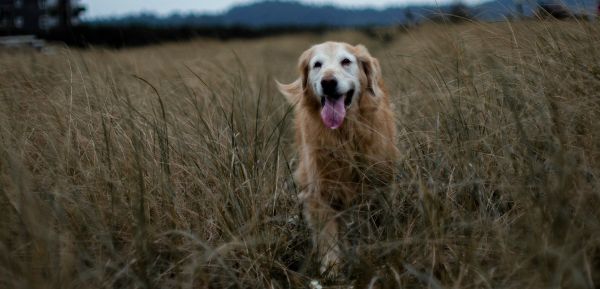Gastric dilation volvulus - a life threatening emergency in dogs
Lexi, a delightful 5 year old Great Dane, was brought to us recently by her owner in some distress. Vet Nickala examined Lexi, GDV was diagnosed and Lexi was quickly prepared for surgery.
Gastric dilation volvulus (GDV) is a true emergency in dogs where the stomach becomes abnormally distended with gas, dilates and rotates.
Dogs affected by this are typically large to giant breeds such as Great Danes (1 in 3 affected in their life time), German Shepherds and Rottweilers.
Risk factors include: underweight dogs, dogs with a first degree relative that has had a GDV, exercising around meal times, a nervous temperament, once daily feeding, rapid feed consumption and feeding from elevated platforms.
Can you prevent a GDV happening in your dog? Not completely however recommended preventative measures are to
- Feed twice daily
- Feed a high quality meal
- Feed from ground level
- Slow feeding - talk to us about “go slow” bowls
- Do not exercise around meal times
- Monitor animals after eating
There are also surgical methods that can be used to help prevent the likelihood of a GDV. This involves attaching a small part of the stomach to the body wall to prevent rotation. Please call to make an appointment with a veterinarian if you would like to know more information about this procedure.
Symptoms to look out for include non-productive retching, hyper salivation, distended/bloated abdomen, pale gums, depression and collapse.
GDV is a rapidly progressive, life threatening condition that requires immediate veterinary attention. We are here to help day and night - 6361 8388.
|
